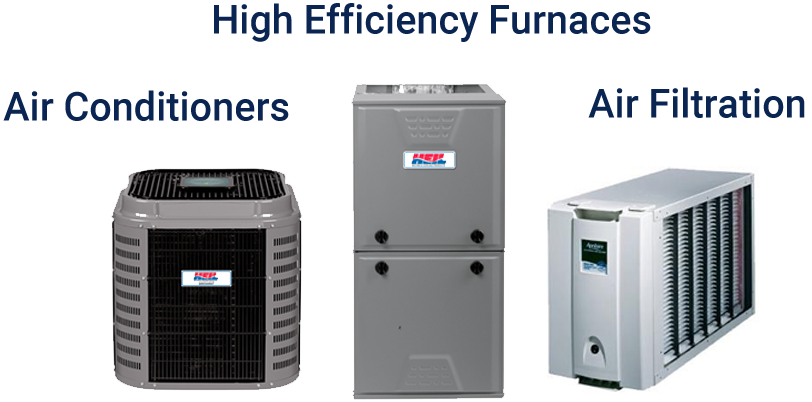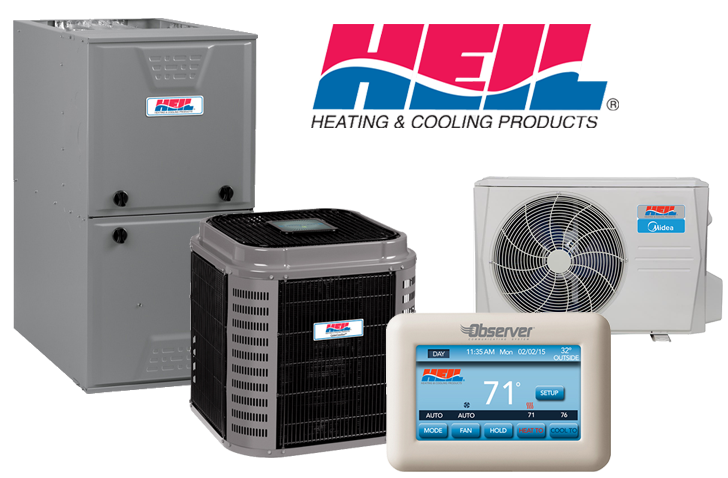






Many manufacturers require annual maintenance in their warranties. The best approach is to have your HVAC contractor come out twice a year to conduct pre-season maintenance check-ups in the spring (for summer) and fall (for winter).
Change the filter regularly. This helps your heating and cooling system operate at peak levels while improving indoor air quality. The U.S. Department of Energy reports that changing your HVAC filter can lower your air conditioners energy consumption by 5% to 15%. High-quality 4-inch-thick filters should be changed every 6-9 months, while cheaper 1-inch filters may need to be replaced every 30 days.
We will consider many factors before making a recommendation: size of the house, climate, number and type of windows installed, insulation, and even the number of people living in the house.
Possible causes include refrigerant that is low or leaking, thermostat issues, a clogged drain or a dirty filter. You can and should regularly change your filter (every 6-9 months for high-quality 4-inch-thick filters; as often as every 30 days for cheaper 1-inch filters). You can also check to make sure your condensate drain line is not clogged and check your thermostat to make sure it is set properly and is reading the correct temperature. Issues involving refrigerant are best handled by an HVAC professional because EPA certification is required.
"
Chad has been taking care of my heating and cooling needs since I moved to Stoughton 13 years ago, routine maintenance as well as emergency repairs and installation of new equipment. The service is excellent and I particularly like the fact that he can quickly and efficiently come up with a solution to any problem. His rates are more than reasonable. I would recommend him without hesitation.
Evelyn A.
Stoughton